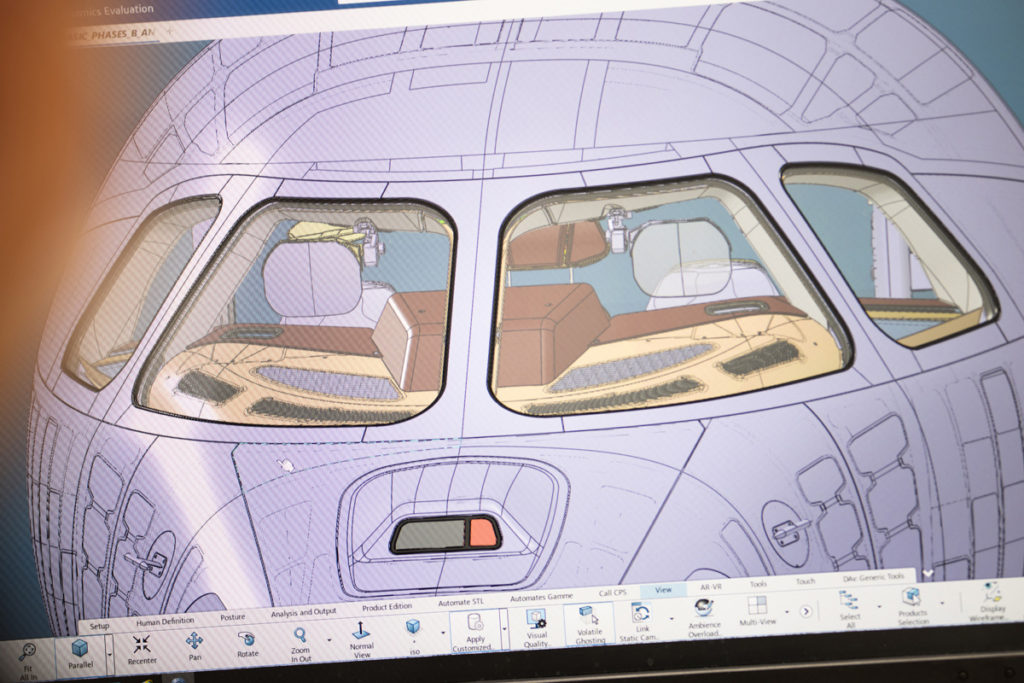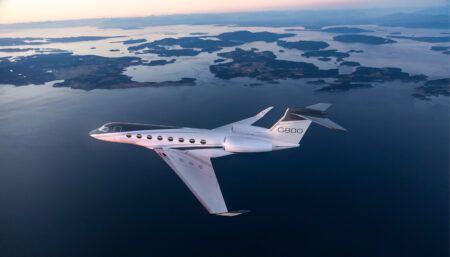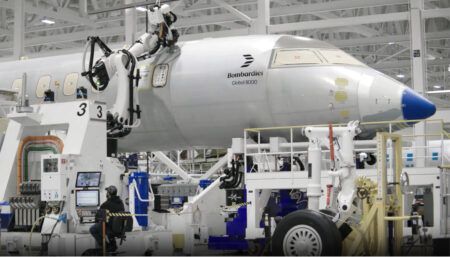Dassault Aviation has revealed that parts production has begun for the Falcon 10X programme. Final assembly of the first aircraft is scheduled to commence in 2023, with certification and entry into service anticipated for late 2025.
With detailed design nearly complete, production and assembly of the ultra-widebody twin is gearing up at sites around Europe and North America, including a brand-new Factory 4.0 smart manufacturing facility in Seclin in northern France. A new production hall in Biarritz in southwestern France is dedicated to the aircraft’s all-composite wing. A first wing is in final assembly and will be placed in a static test rig this summer.

“We are making excellent progress in getting this new aircraft into production, and the coming months will see an increasing flow of parts, subsystems and large structures into our facilities in the south of France,” said Eric Trappier, chairman and CEO of Dassault Aviation. “With help from the world’s leading suppliers, the Falcon 10X will be the most advanced and capable aircraft in business aviation.”
The cabin height is 6ft, 8in, and cabin volume is 2,780ft³. The range will be 7,500 nautical miles (13,900km) at Mach 0.85 and the top speed will be Mach 0.925.
The first of the Pearl 10X engines that will power the 10X recently ran on a test stand at Rolls-Royce’s facility in Dahlewitz, Germany, surpassing its target thrust level on the first run. Rolls-Royce has already accomplished 1,000 hours of testing on the 18,000lb-plus thrust engine, including runs on 100% sustainable aviation fuel (SAF). The Pearl 10X will be certified for 100% SAF.
Other test highlights include installation of a multi-system integration bench, complete with subsystem computers, at Dassault’s Istres flight test facility near Marseille, France. As well as the multi-system bench, there are individual benches for fuel systems, electrical systems, hydraulics and flight controls, to ensure all systems are fully tested when the 10X takes to the sky.





